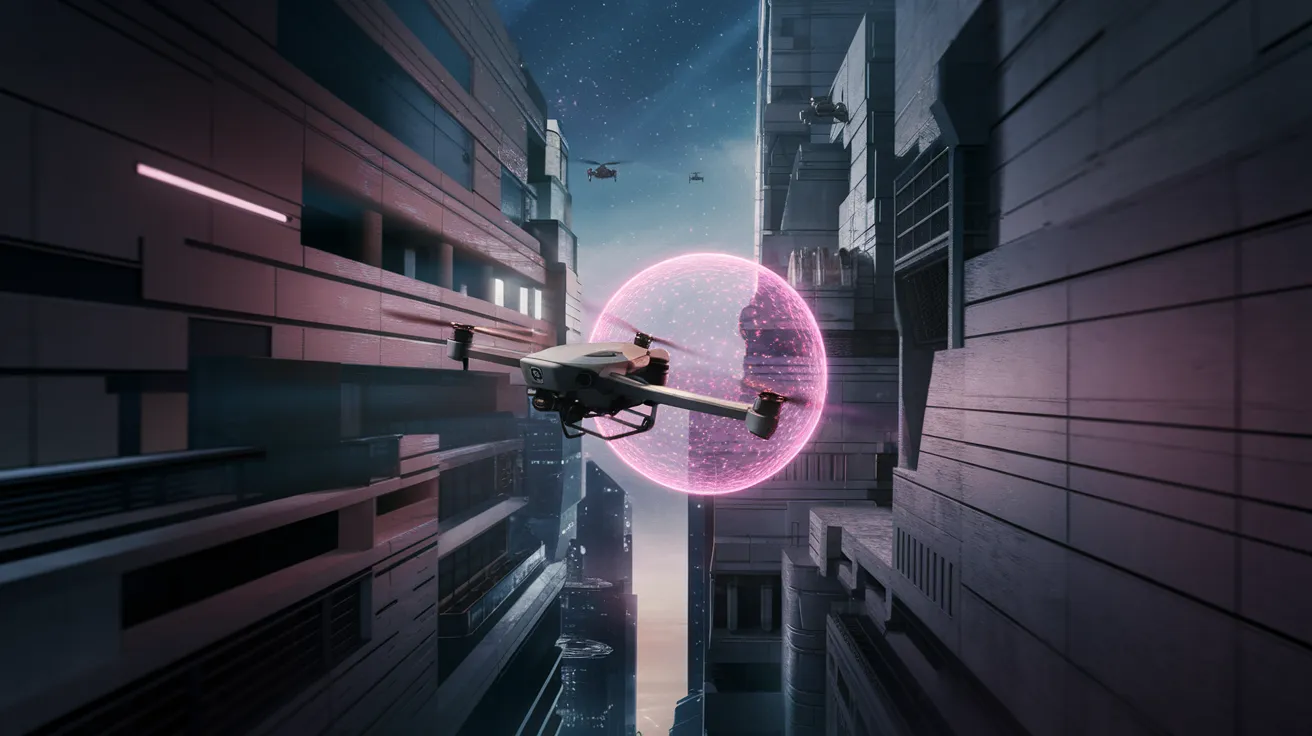AI Image Editing Revolutionized

Artificial intelligence (AI) image generation, driven by neural networks that create images from various inputs, is set to become a billion-dollar industry within this decade. With current AI capabilities, producing imaginative images—such as one depicting a friend planting a flag on Mars—can be accomplished in under a second. However, traditional image generators must first undergo extensive training on massive datasets comprising millions of images and their corresponding text, often necessitating weeks or months of computation.
A intriguing possibility was presented by researchers during the International Conference on Machine Learning (ICML 2025) held in Vancouver. This potential new approach to image manipulation and generation was showcased in a research paper authored by members of MIT’s Laboratory for Information and Decision Systems (LIDS) and the Computer Science and Artificial Intelligence Laboratory (CSAIL), including graduate student Lukas Lao Beyer and his collaborators.
The group’s exploration originated from a graduate seminar project on deep generative models that revealed the research’s substantial potential beyond mere academic exercise. The ideas were inspired by a June 2024 study from the Technical University of Munich and ByteDance, which introduced a one-dimensional tokenizer, a neural network capable of converting a 256×256-pixel image into a compact sequence of 32 tokens, vastly improving data representation efficiency.
This sophisticated tokenizer significantly enhances the way visual data is compressed; previous models divided images into 16×16 segments, while the one-dimensional design captures holistic information by translating images into fewer, more informative units. Each token encodes a unique value, creating what resembles an abstract language understood by computers, allowing further exploration of image manipulation.
Lao Beyer’s systematic experimentation with these tokens revealed previously unreported findings, where manipulating individual tokens resulted in identifiable changes to image attributes such as resolution, blurriness, brightness, and composition. This discovery hinted at the possibility of streamlined image editing processes and laid the groundwork for automation in adjusting tokens.
Perhaps more groundbreaking is the group’s ability to generate images without relying entirely on conventional generators—typically essential for image creation. By utilizing a one-dimensional tokenizer alongside a detokenizer, the researchers demonstrated that images could be reconstructed from token strings guided by a neural network model called CLIP, which assesses how well an image aligns with specific text prompts. This innovation enabled the team to morph an image of a red panda into that of a tiger or create entirely new representations simply from randomized token values.
This novel methodology, avoiding traditional image generators, presents potential reductions in computational costs, which are usually substantial due to the extensive training required for generative models. He acknowledges that while the underlying technologies used were not novel, combining them revealed significant new capabilities.
Esteemed colleagues in the field have recognized the transformative implications of this study. Saining Xie from New York University remarked that these advanced tokenizers extend their utility beyond mere compression, unveiling new possibilities for tasks such as image editing without the prerequisite of sophisticated generative models. Similarly, Princeton’s Zhuang Liu noted that these techniques could make image generation easier than previously understood, potentially streamlining costs.
The research team envisions applications that could flourish outside computer vision, including the possibility of tokenizing activities in robotics or autonomous vehicles, potentially broadening the impact of these innovative insights. As Lao Beyer reflected, leveraging the immense compression provided by these tokenizers might allow them to explore diverse applications across several domains—transforming how we interact with technology in countless fields.